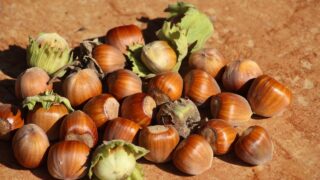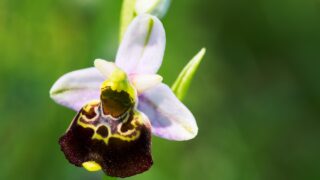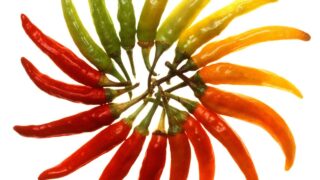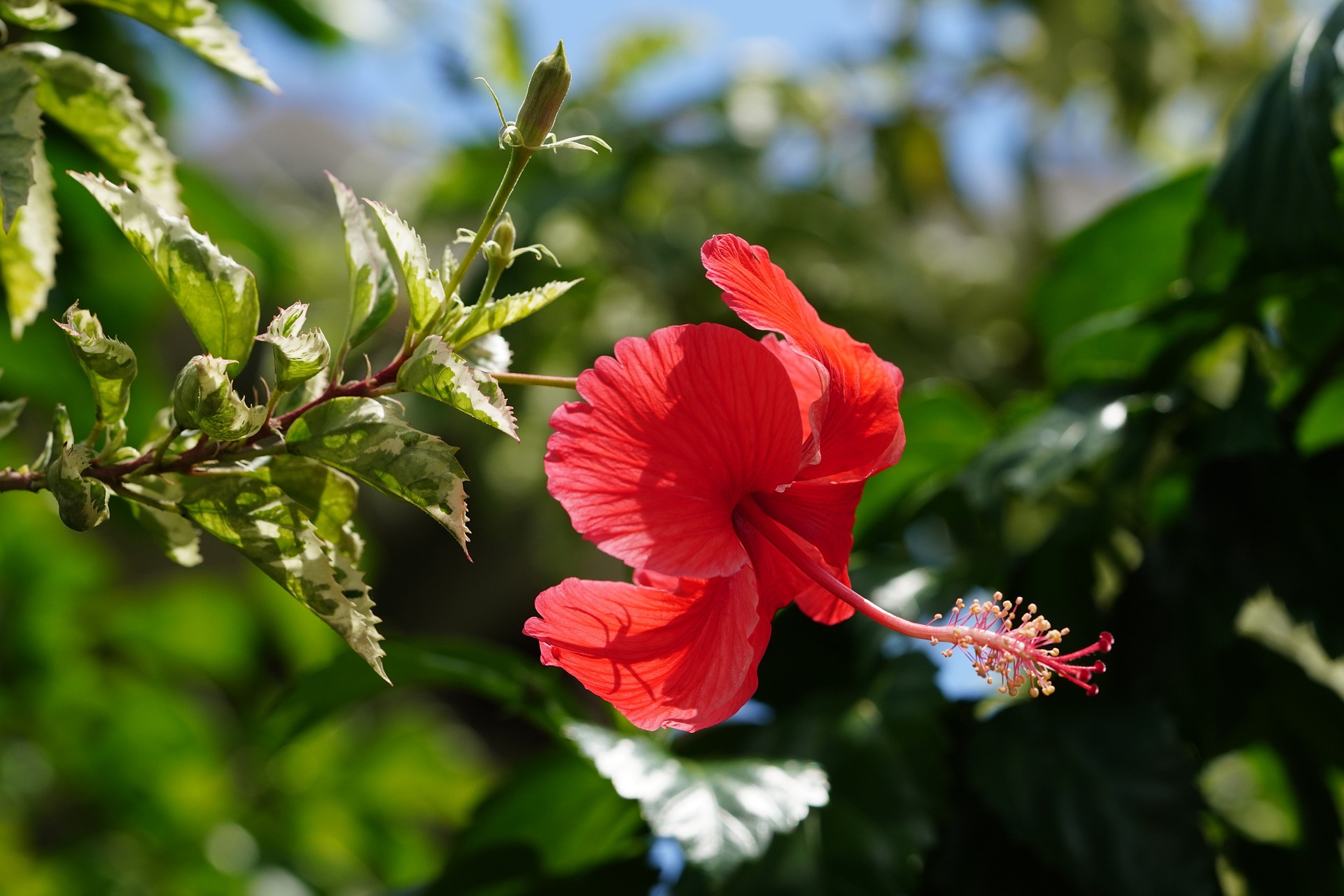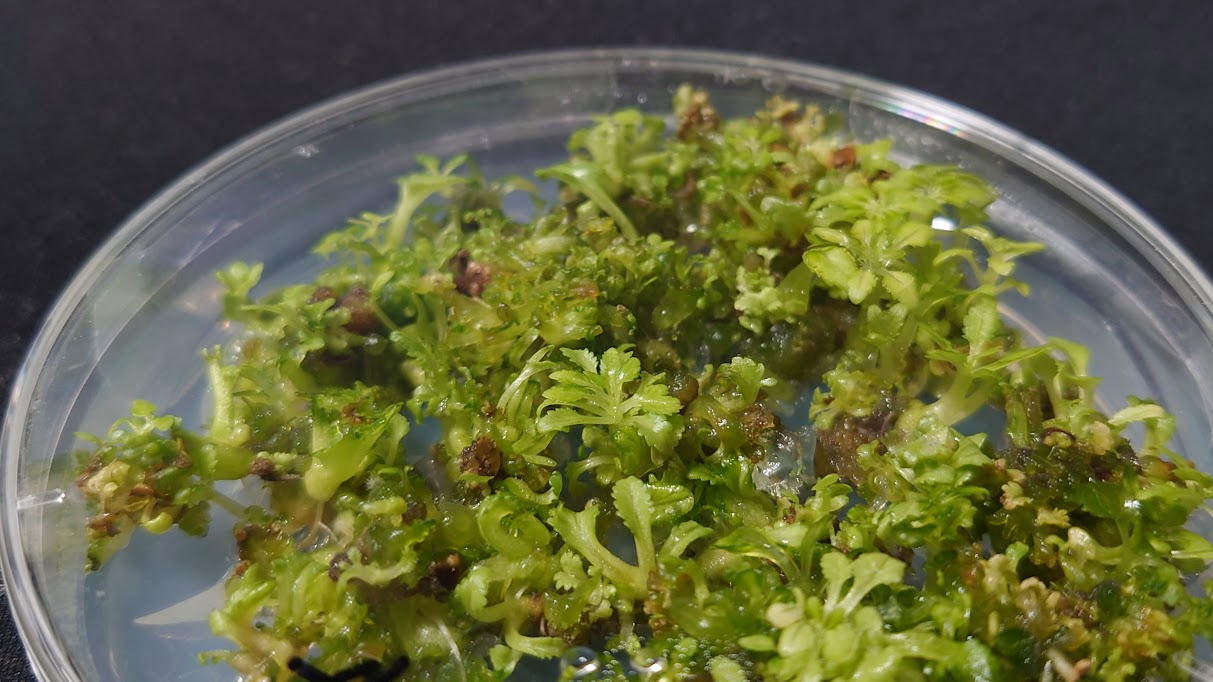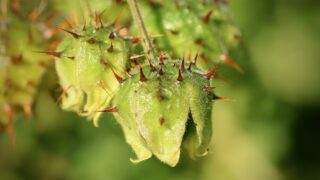 Research
Research Discovery of a Crucial Gene for Thorn Formation! Thornless Roses Might Become a Reality
A breakthrough in plant genetics has identified the LOG gene as a key player in thorn development across multiple species. Learn how genome editing may help create safer, more efficient thornless crops and ornamentals.
